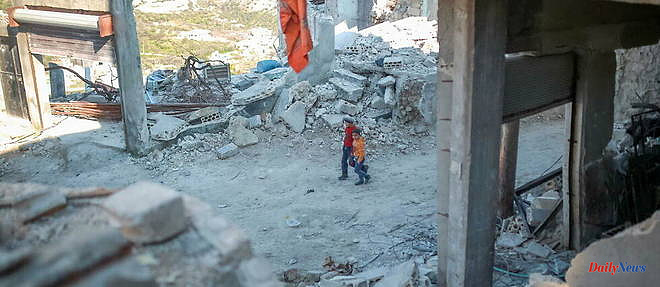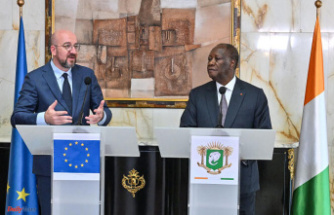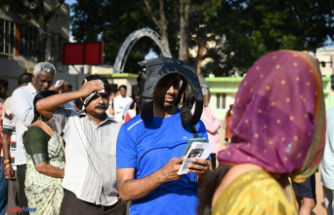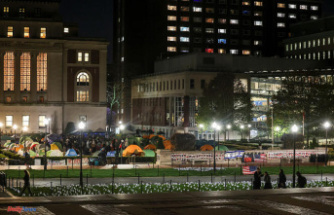The powerful earthquake that hit southern Turkey and northern Syria on Monday February 6 killed more than 40,000 people. The toll remains provisional and the number of injured is still unknown. Crushes, fractures, asphyxiation... the causes of injuries, to which are added psychological traumas, are multiple. It is the "worst natural disaster in a century", according to the World Health Organization.
More than 3,500 people have died in northern Syria, shared between areas under Damascus control and rebel areas, where nearly two hundred people work for Handicap International (HI). "We've been there for twelve years now. There are around 100 HI employees and around 100 local partners who work with us,” explains Myriam Abord-Hugon, head of the NGO's Syrian program. She explains that these personnel therefore had to reorganize to be alongside the local emergency services. One of the teams' two facilities collapsed and was replaced by tents, but the hospitals held for the most part.
The routing of the material remains the most complicated. Handicap International is providing splints, prostheses, wheelchairs and crutches to the injured, who are arriving by the hundreds. The NGO's partner hospital in the area received more than 700 injured people in three days last week, dozens of whom are amputated every day. “On Wednesday, we started taking care of the injured. Saturday, we had no more equipment, everything was consumed, "she testifies, without being able to give the precise number of the wounded as the reports are still confused, in the urgency.
Problem, the only crossing point between the rebel areas and Turkey was seriously damaged by the earthquake and it is complicated to pass anything there. Damascus agreed on Monday February 13 to open two additional crossing points, but their use remains very uncertain, according to the humanitarian, who managed to buy equipment and send it to the area. "Even our suppliers have problems: Turkey is the epicenter of the earthquake so everything we need is in high demand there, difficult to supply for Syria," she explains.
This equipment is vital: a fracture that is not reduced in time will probably remain a handicap forever, in an area where HI was already struggling to treat the influx of patients due to the war. The program manager also notes that given the emergency, all those who were undergoing treatment had to put it on hold. A week after the disaster, HI teams are still working four times more than normal, but the peak of emergencies may have passed. It is now a question of following up and rehabilitating the injured, which can be counted in weeks or even months.
On the human side, it is even more difficult to send people than medicines: beyond the difficulties of passage in the humanitarian corridors, the authorities filter the entries with zeal. “A lot of people are motivated to go, but I can't send them. For the moment, we are recontacting our former collaborators, who are in the rebel areas to inflate the workforce, ”says Myriam Abord-Hugon.
While Syria is less affected than Turkey by the earthquake, whose epicenter was near Gaziantep, the disaster comes on top of the long years of civil war that has ravaged the country since the Arab Spring in 2011. At the start of 2022, the he UN estimated that the north-west of the country, the most affected by the earthquake, had more than four million displaced people. For the humanitarian, the fighting between the different factions, the government and the jihadist groups have calmed down, but the truce is precarious.












